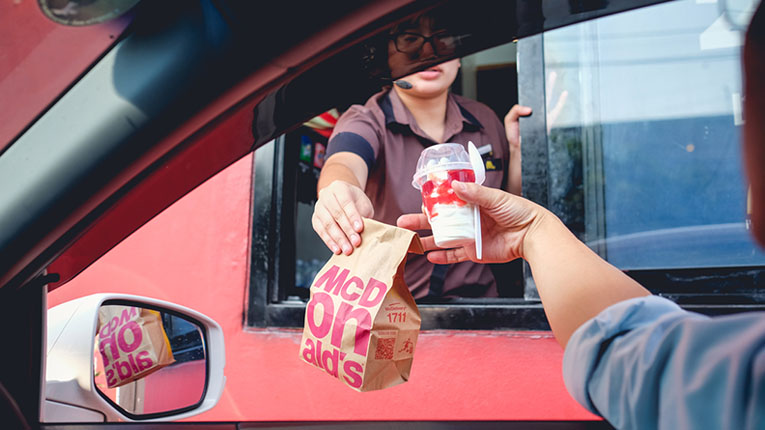How to create profitable products

Posted: Fri 17th Feb 2023
I've been running Love Mondays, a business consultancy that helps start-ups and scale-ups become high-performance businesses online and fast-growth businesses offline, for over seven years.
In that time, I've noticed that one area many small business owners overlook is their products. Get this right, and it can mean the difference between profits and failure.
Before we go further, I'd like to clarify that this applies to service-based business just as much as product-based ones. Whatever you're selling, we can look at developing your profitable product ecosystem to ensure you maximise every opportunity and every sale.
Your customer story
When people think about their target customer, they usually find it easy to decide on their age, location, gender etc. What many business owners overlook is their dislikes.
There is a reason why this is one of the most important things to understand about your customer. If you can nail down what they hate, you can solve their problems with your products. And that is how we convert more sales. Their problems lead you to your solutions.
Think about 100 of your customers' problems and write them down. You'll start to see a theme emerging, where most of the problems tend to sit. This is where you start to forge your business solution and how you can also develop your marketing message. If you can communicate your customer problem and how you can solve it, you're on to a winner.
Your story
Now you know what problems your customers want to solve, you can begin to tell them why they should choose your solution. If you want to get away from the price war with your competitor, your 'why' is the way to do it.
When you tell your story – why you offer the products and solutions you do – people will be attracted to you over and above your competitors. This is how you begin charging your worth.
Your solutions
When you start to look at products as 'solutions', it becomes much easier to see the flow of your customer journey. They start with a problem, you tell them your why, and then you solve their problem with your solution (or product).
Having this thought flow helps you to structure your online presence, sales pipelines and customer journey. It helps with your marketing message and to communicate something bigger than a simple product.
The product ecosystem
Products on their own don't drive profit – product ecosystems do!
Think about McDonald's. How many times do you think they say "Do you want fries with that?" in a day? Why do they do this? Because they lose money on selling burgers on their own. 99p burgers cannot sustain a multi-billion dollar global company.
So how do they maximise revenue? By building an ecosystem of products. This is what you need to do in your business, too.
The four levels to a profitable product ecosystem
Free gifts (video/blog/social media/downloads)
Small cost/lead magnets (easy introduction to their business)
Core products (solves the primary problem from above/makes them good profits)
Upsells (or profit maximisers)
With McDonald's, they have a low-priced offer to get people through the door:
Small cost: A 99p burger, for example.
When people come to the restaurant, they introduce the customer to their:
Core product: A meal deal, which they make easy to buy.
While the customer is there, and McDonald's knows they are super hungry, McDonald's can maximise every sale by offering:
Upsells: 'Going large', desserts, ice creams and sauces.
You can see how they easily turn a 99p sale into a £5 sale. This is where profit comes in.
When developing your products, see if you can create a free gift. This is a lead magnet where you swap your client's contact details for your free offer. Make this really valuable so you get lots of people to sign up. This free gift leads into a small transaction – you can then invite these people to your larger core offer. Each step has to follow the next.
For McDonald's, the customer problem is 'hunger'. It offers chips and a burger, which actually creates a second customer problem: thirst. Its upsell solves a problem McDonald's actually creates for its customers, but you can see how one step leads into the rest.
I hope this helps you to create your profitable product ecosystem!
Relevant resources
Get business support right to your inbox
Subscribe to our newsletter to receive business tips, learn about new funding programmes, join upcoming events, take e-learning courses, and more.
Start your business journey today
Take the first step to successfully starting and growing your business.
Join for free
